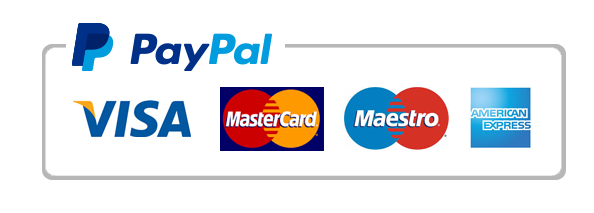Please ensure that the Discussion includes more than 200 words with scholarly articles, and the plagiarism level must remain below 20%.
Mounjaro vs Ozempic: A Guide to Two Endocrine Disorder Treatments
Well-established pharmacological agents have made considerable advances in treating endocrine disorders, precisely type 2 diabetes mellitus (T2DM) and obesity. Newer agents, such as Mounjaro (tirzepatide) and Ozempic (semaglutide), are well-known for their blood sugar-regulating and weight loss-promoting effects. Both agents are incretin-based therapies but have unique pharmacological profiles that affect their clinical use.
Similarities
Mounjaro and Ozempic have many similarities, including their mechanism of action and therapeutic benefits. Both agents, as incretin mimetics, act on the glucagon-like peptide-1 (GLP-1) receptor to increase insulin release, decrease glucagon secretion, and delay gastric emptying, ultimately resulting in better control of blood sugar levels. (Jastreboff et al., 2022). Furthermore, both Exenatide and Semaglutide are injected subcutaneously and have demonstrated clinically meaningful weight loss in people with T2DM and obesity (Garber, 2022). These similarities underline their potential for aiding in ameliorating blood glucose levels and the more general metabolic derangements accompanying obesity and diabetes.
Differences
While they have similarities, Mounjaro and Ozempic vary in some important ways. Mounjaro (tirzepatide) is a dual GIP and GLP-1 receptor agonist, while Ozempic (semaglutide) is a specific GLP-1 receptor agonist (Frías et al., 2021). Mounjaro’s extra GIP receptor activity provides better insulin secretion and potential additional weight loss benefits than Ozempic. Clinical trials have indicated that tirzepatide may significantly reduce HbA1c and body weight more than semaglutide (Jastreboff et al., 2022). Additionally, there are also differences in dosing; Ozempic is started at a lower dose (0.25 mg weekly) and titrated to a maximum of 2 mg weekly, while Mounjaro is available in a range of doses (2.5 mg to 15 mg weekly) to suit different patient needs (Garber, 2022).
Clinical Implications
Introducing Mounjaro and Ozempic is initiating a new phase in T2DM and obesity management. The improved weight loss and glycemic control with Mounjaro could translate into preferential usage in patients needing more robust metabolic agents. However, healthcare providers need to consider cost, willingness to take medication, and risk of complications such as gastrointestinal disturbance for proper therapy. More studies are necessary on these agents’ long-term safety and cardiovascular impact.
Conclusion
Mounjaro and Ozempic are valuable agents in the pharmacologic management of diabetes and obesity, respectively; because these medications have different mechanisms of action and clinical effects, individualized treatment decisions are needed to provide the best possible patient results.
References
Frías, J. P., Davies, M. J., Rosenstock, J., Pérez Manghi, F. C., Fernández Landó, L., Bergman, B. K., & Liu, B. (2021). Tirzepatide versus semaglutide once weekly in patients with type 2 diabetes. New England Journal of Medicine, 385(6), 503-515. https://doi.org/10.1056/NEJMoa2107519
Garber, A. J. (2022). Incretin-based therapies in managing type 2 diabetes: Role of GLP-1 receptor agonists and dual GIP/GLP-1 receptor agonists. Diabetes Care, 45(Suppl 1), S219-S227. https://doi.org/10.2337/dc21-S014
Jastreboff, A. M., Kaplan, L. M., Frías, J. P., Wu, Q., Du, Y., Sturm, K., & Hompesch, M. (2022). Effects of tirzepatide on body weight in people with obesity: A phase 3 trial. New England Journal of Medicine, 387(3), 205-216. https://doi.org/10.1056/NEJMoa2206038
Semaglutide vs Trizepatide. https://www.premieraestheticsva.com/post/semaglutide-vs-trizepatide

